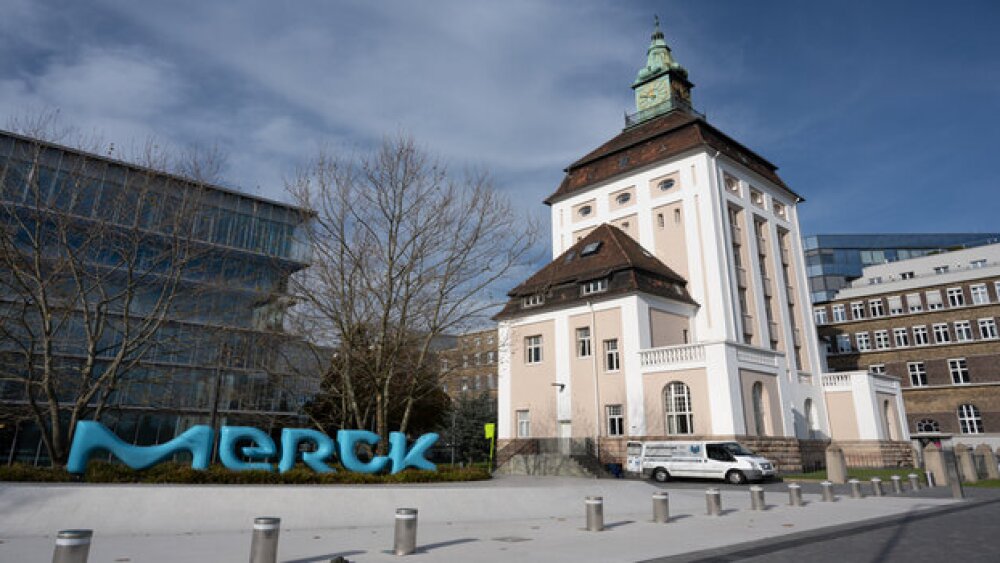SAN ANTONIO, Dec. 17 /PRNewswire/ -- A powerful tool of molecular biology may be able to ensure that breast cancer patients receive a correct evaluation of lymph node status during initial surgery. Speaking at the 29th Annual San Antonio Breast Cancer Symposium, Peter Blumencranz, MD, from Morton Plant Mease Healthcare, reported the development of a new assessment system based on reverse transcriptase-polymerase chain reaction (RT-PCR). This new system, called the GeneSearch(TM) Breast Lymph Node (BLN) assay, is being proposed as a more accurate replacement for techniques currently in use, including frozen section and touch prep cytology.
When patients undergo surgery for breast cancer, lymph nodes suspected of harboring metastases are removed and sent to a pathologist for assessment while the patient is still under anesthesia. In frozen section evaluation, the lymph node is frozen and sliced, and the slice is examined under a microscope. For touch prep cytology, the node is cut open, and the cut surface touched to a slide, leaving behind a small sampling of cells that can be examined microscopically.
Both techniques are very fast, but their accuracy is limited. After initially being classified as "node-negative" on the basis of these techniques, a patient may ultimately be reclassified as node-positive once the node is examined more carefully. She must then undergo additional surgery and anesthesia in order to have an axillary dissection, which can be financially costly, as well as psychologically burdensome for the patient.
The BLN assay analyzes a full 50% of the lymph node, compared with about 5% in even the most meticulous standard approaches. The node is ground and analyzed with special probes that identify specific proteins associated with breast cancer cells. This technique is so powerful that it can detect the presence of proteins from a single cancer cell.
The BLN assay is a rapid, closed-tube system that takes approximately 30 minutes to run (roughly equivalent to the amount of time it takes to obtain a frozen section in many institutions). Because the results of the assay are an objective "yes" or "no" for the presence of metastases, it can be easily administered by a trained technician, freeing up the valuable time of experienced pathologists. Only half of the lymph node is used, leaving the other half available for more intense study in those cases where the answer is "yes."
Two clinical trials in the US and Europe have validated the use of the BLN assay. These studies showed that the assay was much more accurate in detecting both micro- and macrometastases in suspicious lymph nodes, compared with frozen section and particularly with touch prep cytology. This high degree of accuracy means that the number of call-backs for secondary axillary node surgery can be reduced, decreasing both cost and patient anxiety.
San Antonio Breast Cancer Symposium
CONTACT: Gina Lardi, +1-551-697-5040, for San Antonio Breast CancerSymposium
Web site: http://www.sabcs.org/




